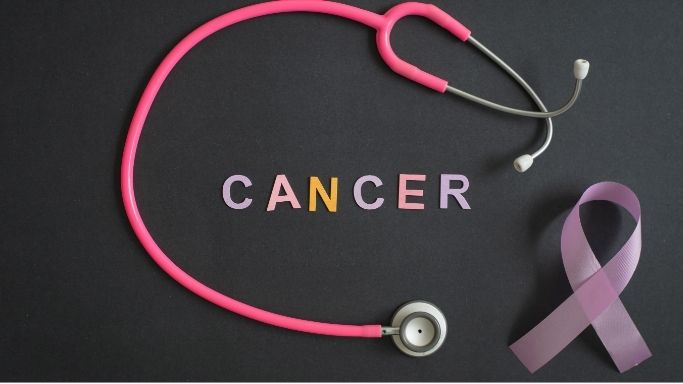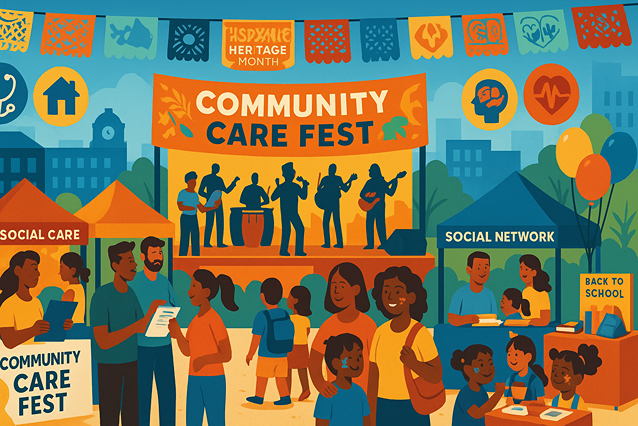Women’s Health
Sleep duration promotes resistance and resilience to tau in older women at risk for Alzheimer's disease.
Sleep may be more than a quality-of-life issue for older women worried about Alzheimer’s disease. A new report in the December 2025 issue of Alzhei...
- Subash Kafle
Maternal Mental Health for Black and Brown Mothers
Maternal mental health has become a quiet emergency for Black and Brown mothers in the United States. National groups estimate that about 1 in 5 ne...
- Subash Kafle
RSV Health Equity: Protecting Black and Brown Infants From RSV
RSV Health Equity is critical because the burden of severe RSV falls disproportionately on Black and Brown infants. Respiratory Syncytial Virus (RS...
- Subash Kafle
Small Steps Big Change: Everyday Movement for Wellness | fyh.news
I used to think that exercise had to look a certain way. Gym memberships. Early morning boot camps. Fancy gear and perfectly curated fitness playli...
- Subash Kafle
Kierra’s Story: Caring for Her Aunt Through Metastatic Breast Cancer
When a metastatic breast cancer diagnosis enters a family, it changes everything—routines, relationships, and even the way caregivers see the world...
- Jessica Wilson
Trending Topics
Features
- Drive Toolkit
Download and distribute powerful vaccination QI resources for your community.
- Health Champions
Sign up now to support health equity and sustainable health outcomes in your community.
- Cancer Early Detection
MCED tests use a simple blood draw to screen for many kinds of cancer at once.
- PR
FYHN is a bridge connecting health information providers to BIPOC communities in a trusted environment.
- Medicare
Discover an honest look at our Medicare system.
- Alliance for Representative Clinical Trials
ARC was launched to create a network of community clinicians to diversify and bring clinical trials to communities of color and other communities that have been underrepresented.
- Reducing Patient Risk
The single most important purpose of our healthcare system is to reduce patient risk for an acute event.























